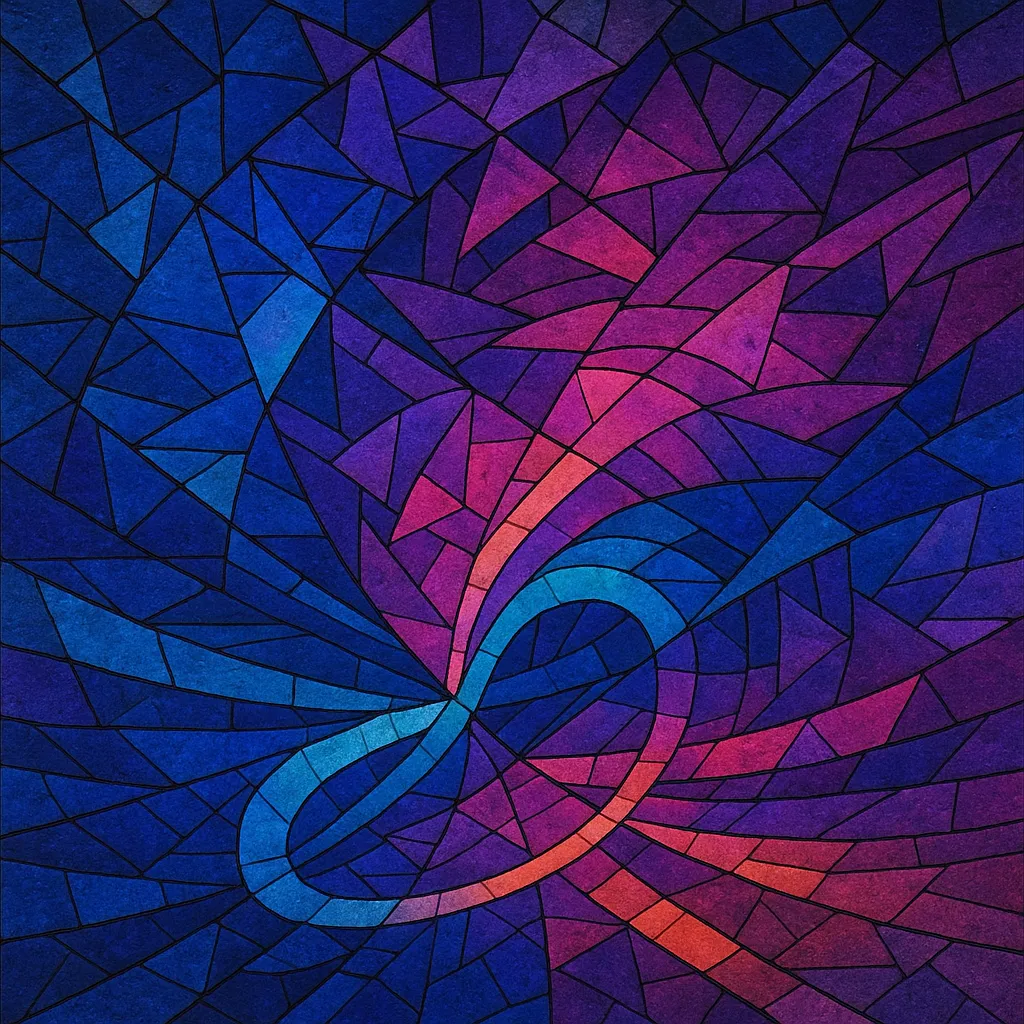
Future bass is a melodic, drop-focused style of electronic dance music built around lush, detuned saw-tooth chords, dramatic swells, and emotive, pop- and R&B-leaning progressions.
It typically runs at 70–90 BPM (or 140–180 BPM in double-time), uses trap-inspired drums (808 kicks, crisp snares on the third beat, syncopated hi-hats), and features heavy sidechain compression for a breathing, "pumping" feel.
Producers often layer shimmering supersaws, pitch-automated leads, and chopped/pitched vocal snippets to create euphoric, weightless drops that contrast with airy verses and cinematic builds.
A hallmark is its glossy, future-leaning sound design—gliding chords, LFO modulation, wide stereo images—paired with catchy, sentimental melodies that make it equally club-ready and radio-friendly.
Future bass emerged from the UK bass continuum and the "wonky" scene, where producers experimented with off-kilter synths, vivid chord stacks, and hip hop-derived rhythms. Parallel developments in trap-influenced EDM, dubstep sound design, and R&B/pop harmony laid the foundation for a more melodic, emotionally upfront strain of bass music.
Artists such as Flume, Cashmere Cat, and What So Not helped codify the style with lush supersaw chords, vocal-chop hooks, and dramatic, sidechained drops. Porter Robinson’s 2014 album "Worlds" signaled a shift toward emotive, song-first arrangements within dance music, aligning closely with future bass aesthetics. Online platforms (notably SoundCloud) and labels/collectives accelerated cross-pollination between Australia, the UK, and the US, rapidly spreading the sound.
Future bass moved onto festival stages and radio, with acts like San Holo, Louis The Child, Illenium, and Marshmello popularizing an anthemic, vocal-led format. In Japan and internet micro-scenes, the bright, playful offshoot "kawaii future bass" flourished, emphasizing cute timbres and hyper-melodic leads. Mainstream pop and K-/J-pop adopted the signature pumping chords and pitched vocal chops, bringing the sound into charts and brand syncs.
The style splintered into adjacent forms (future bounce, future rave) and hybridized with pop, trap, and hyperpop. Producers increasingly blended organic textures, singer-songwriter structures, and cinematic atmospheres while retaining the genre’s core: emotive harmony, glossy synthesis, and a dynamic verse–build–drop architecture.

